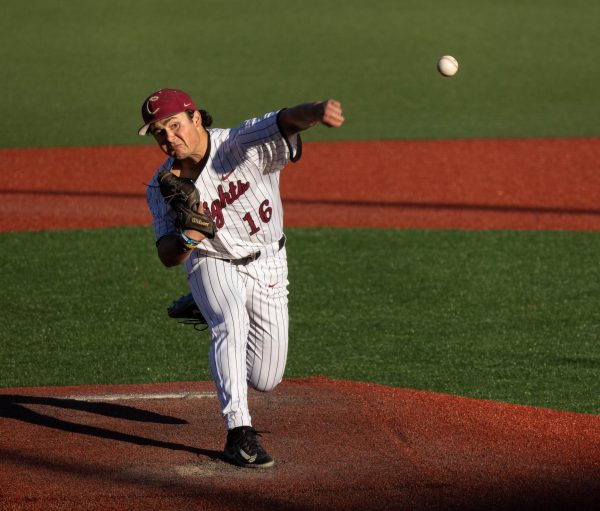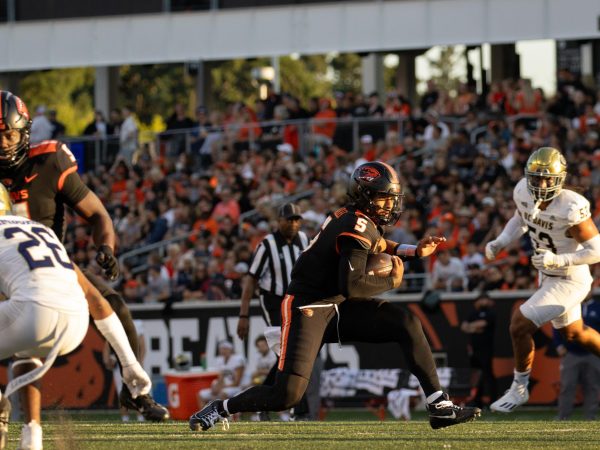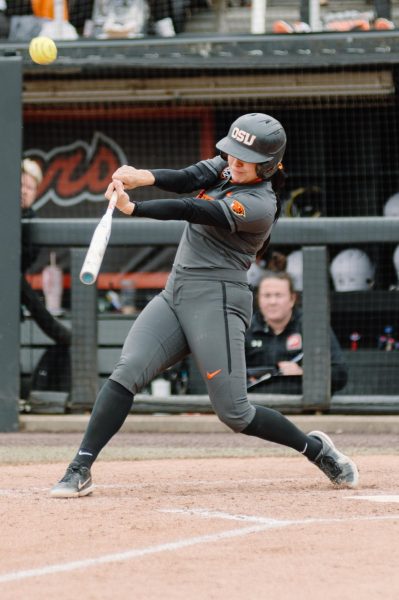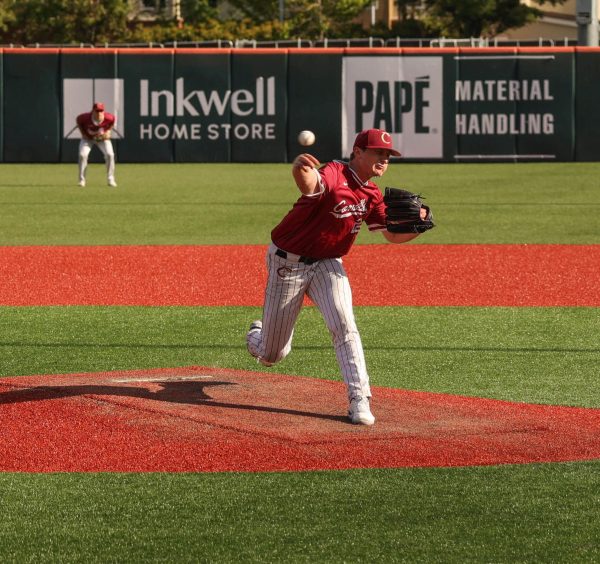Breaking down COVID protocols within Oregon State Athletics, PAC-12 conference
January 19, 2021
Across the country, the pandemic of COVID-19 that began in March 2020 has continued on into 2021. For Oregon State Athletics, and Oregon State basketball especially, the outbreak has hit hard.
As the Oregon State Women’s Basketball team finished their isolation period due to positive COVID-19 cases and started training back on Jan. 11, the virus was found within the Men’s Basketball program.
During the last few months, several cases of COVID-19 have been reported across athletic programs at Oregon State. Some players from the football team had to sit out during their fall season, but none of their matches had to be canceled or postponed due to their larger rosters. However, the basketball teams were not as fortunate.
Women’s Basketball has had to postpone six games so far because of COVID cases. The team returned to practice last week after being in isolation since the end of December, and played in their first game since Dec. 19 on Sunday, Jan. 17 against Arizona, a pause in activity that was especially difficult for Beavers’ senior guard Aleah Goodman.
“It was especially hard because it was over Christmas and we couldn’t go home. A lot of us didn’t get to see our families,” Goodman said. “We knew something could happen, but I don’t think we expected it to be the extent that it was and how long it would take us out.”
The Men’s Basketball team recently ended their pause as well, also playing in a game against Arizona after a 10-day break due to recent COVID cases. The team had to postpone their last two games against Utah and Colorado, and it is still undecided if or how both the men and women sections are going to make up their games.
The suspension of games due to COVID cases is more likely to happen in small roster teams rather than larger ones. The PAC-12 Conference has set parameters of a number of players that need to be healthy in each sport in order to compete for a game. In basketball, the minimum amount of eligible players is seven. If the teams fall below that threshold, then the games get postponed or canceled.
Dr. Doug Aukerman, Senior Associate Athletic Director and Chair of the PAC-12 Student-Athlete Health and Well Being Initiative, provided insight on how these protocols work.
“[With] a sport like football, the roster sizes are much bigger,” said Aukerman. “If you have four, five, or six players that have to quarantine in football, you are still able to play the game because you have so many more players and there’s more depth. Whereas if you have the same amount in quarantine in basketball, it may take you below the players you have to have available to play.”
The COVID-19 testing protocols that the university follows are the same as any other PAC-12 school, as they have all agreed on following the same standards. The NCAA and its medical advisory group developed an assessment that divided collegiate sports into three different categories according to their transmission risk. Testing procedures vary among each group.
Teams that are considered high transmission risk sports are unable to physically distance and separate in order to compete, and get tested daily. Basketball, football, and wrestling fall into this category.
“Even during quarantine, if you were only a close contact you were tested daily,” Goodman said. “We would have to drive up to Gill and they would test us daily. As long as we continued to test negative, we were able to get back on the court.”
Intermediate transmission risk sports have some contact but within a short time frame. Sports that take place with good ventilation or outside, such as soccer, baseball, and softball, are included in this category. Those athletes get PCR tested once a week or antigen tested every other day.
Low transmission risk sports are those where athletes are able to stay away from each other. They do not involve any physical contact that would have a higher risk in comparison to a “normal” environment. This group includes sports like golf or outdoor track and field. The recommendation for this category is a surveillance testing frequency. At Oregon State, one-third of those teams are getting tested once a week.
Oregon State’s health officials, such as Aukerman, believe that the university is following the protocols stated by our county and the PAC-12 Conference. So is it bad luck or is our athletic department not doing enough to keep the virus from entering and spreading around our community?
Despite having some positive cases, Oregon State’s COVID rates are lower compared to other schools in the PAC-12 Conference, according to the New York Times. Although the data is limited, the numbers show that the OSU athletic department is investing in resources and effectively communicating with our county health to protect our community.
According to Dr. Aukerman, all these procedures are being implemented without taking resources from the general community and from those who need medical care. However, all the protocols being done at Oregon State have to go side by side with our county’s frameworks.
“It is important to realize that, if COVID gets bad in Benton County, we are going to need to think about pausing the ability to continue to do sports if we get to a point where what we are doing for our student-athletes would be taking away from the general public,” said Aukerman.
Getting the vaccine could soon be a possibility for our athletes. The doctor explained that this is dependent upon the Oregon Health Authority and the County Health. When it becomes available for the general public, they will encourage student-athletes as well as the general student population to get vaccinated.
“There should not be preferred treatment for athletes to get vaccinated over the general public,” said Aukerman. “Just because you are playing a sport with [a] high risk of transmission does not mean you individually will react more poorly if you get COVID.”
According to Aukerman, until the vaccines are available, all institutional, state, and governmental efforts are useless without the self-determination and personal responsibility of everyone in our community.
All sports except football are going to be competing at the same time in the upcoming months. It will be crucial for sports teams across the country to continue applying preventative behavioral measures in the general community to be able to have competitive seasons.
“If we have student-athletes or community people that are not following the rules and the things that we are asking them to do, it will be hard to not have COVID cases and not have sports pause or shut down,” said Dr. Aukerman. “If there is one thing that we can ask is that everybody on campus gets really serious about wearing masks in their living arrangements.”
























































































































